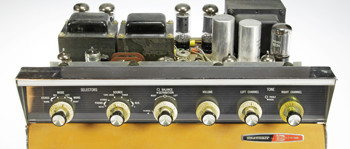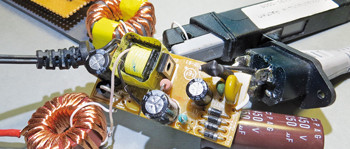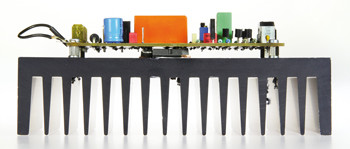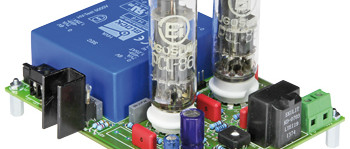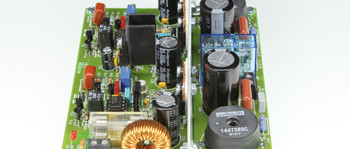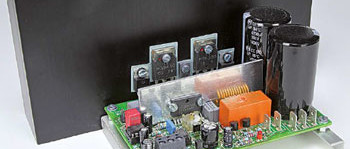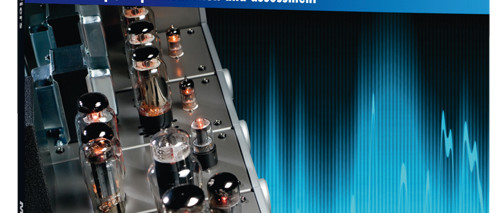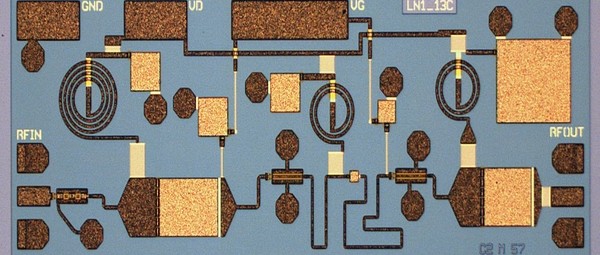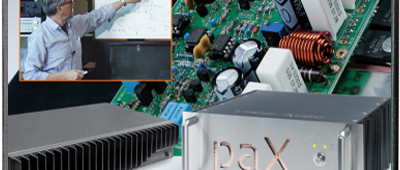| Mentioning OTA makes engineers’ faces brighten with fond memories of the glory days of the transconductance amplifier, a famous and widely p...
More about Amplifier (436)
| First a boatanchor, now a fossil, the Heathkit AA-100 tube power amplifier shone when it came out in 1960: 25 watts stereo, cheap, ‘sweet’...
| This article describes how easy it can be to use a current transformer to make precise measurements of alternating currents. We use a wide v...
| Although active loudspeakers are more complex and more costly than passive loudspeakers, they have clear advantages in terms of audio techno...
| Many audiophiles have occasionally thought about building a tube amplifier, but they are deterred by the high cost, large enclosure, hefty t...
| The celebrated ‘555’ IC was originally developed as a timer device, but over the years this golden oldie has been used in all sorts of other...
| Elektor has a long history with audio power amplifiers. A couple of examples of our “golden oldies” are the Edwin, Ekwin and Crescendo ampli...
| How do the purpose and requirements of a tube amplifier relate to subjective and objective criteria? Which circuits sound the best, and why?...
| A fundamental property for the first microwave amplifier in a radio receiver is its noise figure. This is normally given in decibel (dB). A...
| I'm begging you please'cause if you don't start drinkin'I'm gonna leave! You know what that is? Feedback. (I’ll leave it...



